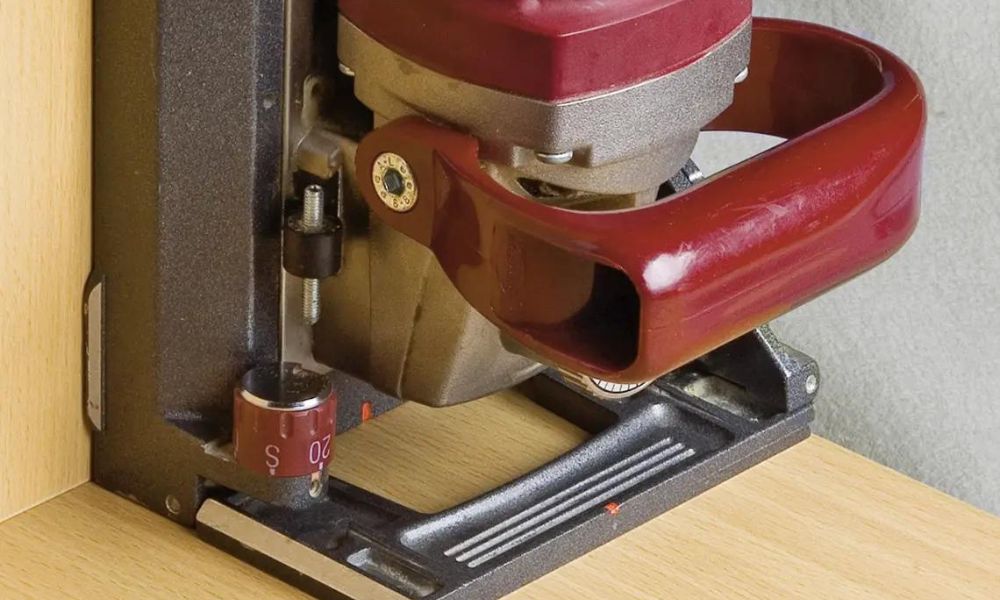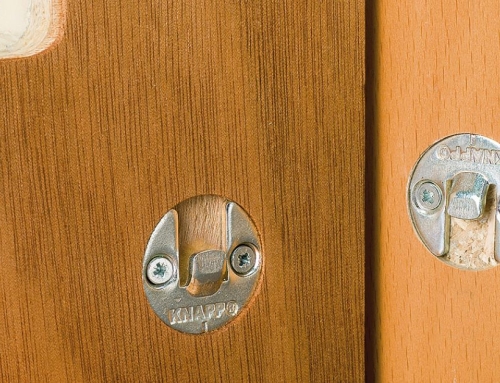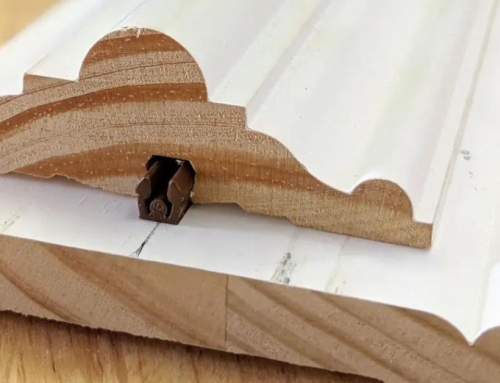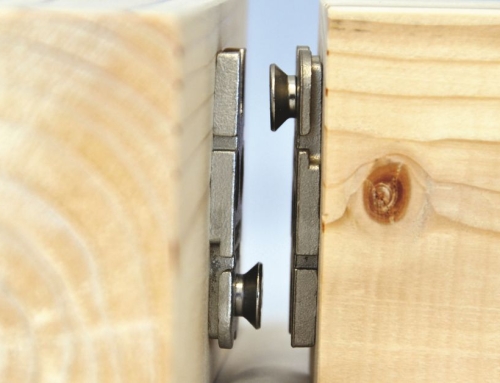If you regularly work with timber materials, you’ve had your fair share of many woodworking tools. Each one is unique and offers aesthetically pleasing perks. However, biscuit joiners take the prize for one of the most used tools for most woodworking projects.
Biscuit joiners offer exceptional strength and ease of use. This tool enables swift, accurate, and aesthetically pleasing methods of joining wood. However, like all tools, it also presents certain challenges. In this guide, we will delve into both the advantages and disadvantages of biscuit joiners, equipping you with the necessary knowledge to determine if this tool fits your woodworking pursuits.
What Can You Use Biscuit Joiners For?
Biscuit joiners are a staple tool for any woodworker or DIY enthusiast. This handy gadget is used for joining two pieces of wood together to form a strong bond without needing nails, screws, or glue. You must cut a small slot in both wood parts to connect the two pieces and insert a biscuit-shaped wooden piece into the cuts you made.
Once the biscuits are in place and the two pieces of wood are clamped together, the biscuits swell up and create a tight joint. Biscuit joiners are ideal for making furniture, cabinets, and other fine woodworking projects, as they provide a strong, seamless joint that is virtually invisible to the eye. They are also useful for repairing and restoring furniture, as they can be used to fill gaps in broken or damaged joints.
The Perks of Using Biscuit Joiners
In the vast field of woodcraft, the choice of tools can significantly enhance your work’s quality and efficiency. The biscuit joiner has emerged as a preferred choice among these diverse tools because of its unique advantages.
This tool facilitates fast, precise, and visually appealing methods of joining wood pieces together. It’s particularly useful in creating edge-to-edge or corner joints, aligning elements during glue-ups, and ensuring a professional finish in furniture construction. Here are a few perks of using biscuit joiners, and discover how they can elevate your woodworking projects.
Versatility
Biscuit joiners are incredibly versatile tools that can be used for various woodworking tasks. They can be used to join two pieces of wood together and create decorative edges and joints on furniture. Biscuit joiners can also be used to cut grooves for shelves or dadoes for drawers, and they are perfect for creating miter joints in picture frames. Their ease of use and adaptability make them valuable to any woodworking toolkit—whether you’re a beginner or professional.
Precision
Biscuit joiners offer precision that is not achievable with other joinery tools. The biscuit slots created by the device are perfectly aligned and uniform, ensuring a strong and secure joint every time. Biscuit joiners allow you to adjust the slot’s depth to achieve the exact fit you need for your project.
This precision is particularly beneficial when creating joints, as it allows for a snug fit, leading to stronger, more stable structures. This capability for high precision makes biscuit joiners an indispensable tool for woodworkers aiming for professional-quality results in their projects.
Speed
Using a biscuit joiner is much faster than traditional methods such as dowels or mortise and tenon joints. This makes it ideal for large projects where speed is essential, such as when building cabinets or furniture sets. Additionally, biscuit joiners require minimal setup time and can be quickly adjusted, increasing their efficiency.
The Disadvantages of Using Biscuit Joiners
Although biscuit joiners are commonly used for various projects, they present specific disadvantages that users must consider. These tools may not always provide the optimal solution for all wood or joint configurations.
They may also introduce unique challenges, such as potential issues arising from moisture absorption and the subsequent expansion of biscuits. By understanding these limitations, woodworkers can make more informed decisions on when and how to deploy these tools most effectively. Let’s dive deeper into the drawbacks biscuit joiners may offer.
Requires Skill and Practice
Using a biscuit joiner requires skill and practice to get the best results. It’s important to ensure the biscuits are properly aligned and inserted at the correct depth to provide maximum strength and stability when joining two pieces of wood together.
This can be a time-consuming process for beginners. It takes time to measure and mark the locations of the biscuits on each piece of wood, as well as time to cut out the slots in which the biscuits will fit. Also, the blade must be sharp and set at the right angle to produce clean cuts without splintering or chipping the wood. Knowing the appropriate sharpness of the tool may require adept experience or trial and error.
Not Suitable for All Materials
Biscuit joiners are also not suitable for all materials. They work best on softer woods such as pine and fir but may struggle with harder woods such as oak or walnut. We don’t recommend using this tool on materials other than wood. So if you need to join metal or plastic, you must look at alternatives, such as welding or gluing.
Difficulty in Controlling the Depth
Another disadvantage of using biscuit joiners is that it can be difficult to control the depth of the cut. This is because the depth of the amount is determined by the size of the biscuit being used. If you use a larger biscuit, you will have a deeper cut. This can lead to problems if you try to make a precise joint, as it may be difficult to get an exact fit.
Are Biscuit Joiners Worth It?
Biscuit joiners offer various benefits that make them a worthy addition to your woodworking toolkit. They provide quick and accurate joining methods, are easy to use, and are remarkably versatile. However, it is essential to remember that, like any tool, biscuit joiners have their limitations. They may not be suitable for every project and may require extensive practice to master.
Therefore, we encourage you to weigh the advantages and disadvantages of biscuit joiners before starting your project. If a biscuit joiner aligns with your needs and work style, do not hesitate to invest in one. We offer easy-to-use biscuit joiners, like our knockdown connectors. It could revolutionize your woodworking experience and elevate your craft to new heights. Choose wisely, and happy woodworking!






